2009.07.07 12:44
Bilocation Syndrome
finally, after over 85 pages...
At the same time, in parallel...
"As if the Straits of Gilbraltar acted as some metaphysical junction point between the worlds. In those days to pass through that narrow aperture into the vast, uncertain field of Ocean was to behind the known world, and perhaps its conventions about being in only one place at a time. . . .Once passed through, did the ship take two tacks at once? Did the wind blow in two ways? Or was it the giant fish that possessed the power of bilocation? Two fishes, two Jonahs, two Agadirs?
"This smoke in here I've been breathing," said Kit, "this wouldn't be . . . um, hasheesh?"
As if she had exited her life briefly and been given the ability to travel on a parallel course, "close" enough to watch herself doing it, Dally discovered an alternate way to travel by land, port to port, faster than the ship was moving. . . . She sped, it seemed slightly above ground level, through the fragrant late-summer twilight, parallel to the course of the ship. . . . She would return to her deck chair out of breath, sweating, exhilirated [sic] for no reason, as if she had just escaped some organized threat to her saftey.
It's worth noting that the bilocations began just when Kit reached the ultimate depth of his exploration/discovery of the Stupendica as actually two ships. Indeed, he becomes trapped within the parallel time of the Emperor Maximilian, and hence nowhere to be found on the Stupendica. Note too how it's after searching all over for Kit that Dally actually bilocates herself.
as noted above...
2003.09.04 18:08
I purposefully walked from the front door of the Philadelphia Museum of Art down the Benjamin Franklin Parkway to the far side of Logan Circle and then back to the Art Museum. I did this to get a real sense of the scale of the virtual axis of life within Piranesi's Ichnographia Campus Martius.
In reality I was walking across the forecourt of the Philadelphia Museum of Art, then down the steps that Rocky made famous running up, then across Eakins Oval, where the largest painting in the world once was, then down a tree covered allee along the south side of the Parkway stretching for three long blocks, then around Logan Circle, and then back in the direction I came although this time along the north side of the Parkway.
In virtuality I was walking through the Nympheum Neronis high on the Vatican Hill, through the Porticus Neronianae, through the Templum Martis (Temple of Mars), through the Area Martis where the Triumphal Way begins its "march" (this is around where the Rodin Museum is on the Benjamin Franklin Parkway, and, as luck would have it, where the route of many of today's Philadelphia parades begin), then I walked around Hadrian's tomb, and then I walked back.
Liciniani, Luciliani, Luculiani
Against Interpretation
Against the Day
The Judicious Eye: Architecture Against the Other Arts
Illuminations
| |
2009.07.04 15:55
things to see/ do in Philiadelphia
"...the grand and the grungy." how true
2009.07.01 15:36
what is the difference between paradise & utopia?
...I found your intitial query thought provoking in that, as you say, one doesn't really hear about architects designing (a) paradise.
When PG,UB suggested research into landscape design of the Middle Eastern and Islamic world, I began to think about the Alhambra--a fortress/palace/city as paradise.
Regarding heterotopia, for some reason, I began to think of the novel Platform--notions of sex tourism within 'paradise'. Also got out my Foucault Reader and read "Space, Knowledge and Power" where Foucault says a few things about ancient Roman baths and their eventual demise throughout Europe--not exactly places of paradise, but public, social places centered around activities of pleasure.
You say you are planning to design a paradise. Care to share a little more about that?
2009.06.29 20:56
READING LIST
slowly trying to accomplish cover to cover...
Walter Benjamin, Illuminations.
Susan Sontag, Against Interpretations.
Joseph Rykwert, The Judicious Eye: Architecture Against the Other Arts.
and the Bilocation chapter of
Thomas Pynchon, Against the Day.
2009.06.28 16:43
what is the difference between paradise & utopia?
I'd say both paradise and utopia are man-made [intellectual] constructs, but paradise is metaphoric and utopia is paradigmatic.
2009.06.28 12:00
what is the difference between paradise & utopia?
Perhaps also related is Robert Geddes's "The Forest Edge" in A.D. 52 11/12-1982. The opening paragraphs:
"In 1753, Marc Antoine Laugier, the French theorist, proposed the primitive hut as the foundation of architecture in his Essai sur l'architecture. The frontispiece of his second edition shows the muse indicating architecture's true source and origin by pointing to a hut at the edge of the forest made of four trees acting as columns.
I suggest an additional interpretation of Laugier's engraving. I believe the muse is directing our attention not only to the building as the reconstructed forest [or the forest reenacted], but also to the edge of the forest itself. She is pointing out the ideal habitat of man, the forest edge, where the woodlands and grasslands meet."
and later...
"While the current focus of ecological and conservationist movements has given new life to Thoreau's view of wilderness, these political movements do not propose that man should live in the wild. The hold that man is a visitor and should leave no trace of his passing."
Without having now (re-)read all of "The Forest Edge", I nonetheless get the sense that the text may evoke ideas that are both paradisic and utopian, ending with examples of practical design applications.
Is the current "green" movement in some ways an advanced combination of the paradise and utopian paradigms?
| |
2009.06.28 11:03
what is the difference between paradise & utopia?
The entire January 1972 issue of Du magazine (Swiss) is devoted to "Utopia: Visionärer Städtebau gestern und heute" (Utopia: Visionary Urban Design yesterday and today). Unfortunately, all the text is in German with not even an English summery.
Off hand, the only specific architect[ural] rendition of Paradise I can think of is Terragni's Paradiso (room) within the Danteum.
There are, however, many oasis reenactments (i.e., paradise) within architectural design. Learning from Las Vegas notes the 'oasis' aspect of the outdoor pool areas of the various hotels, and even Dubai (and it's artificial islands) and Abu Dhabi may be considered reenactments of the oasis/paradise paradigm rather than following an utopian model.
Paradise as the ultimate in real estate?
2009.06.22 14:09
Gay Architects
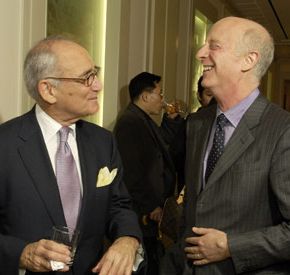
"Have you ever posted on archinect as SeriousQuestion?"
"Stop it! You'll make me Schlittenfahrt."
2009.06.21 14:58
please comment or destroy, thank you
Like I already said:
"I can well see that scripting is an advancement in drawing dexterity with the aim of an advancement in production, but it's not altogether evident that scripting is an advancement in architecture."
abstract 0.0
Ichnographia Quondam
Advancements in virtual architecture, yes. But does an advancement in virtual architecture necessarily or automatically translate into an advancement in real architecture?
Is this an advancement in architecture?
Is this an advancement in architecture?
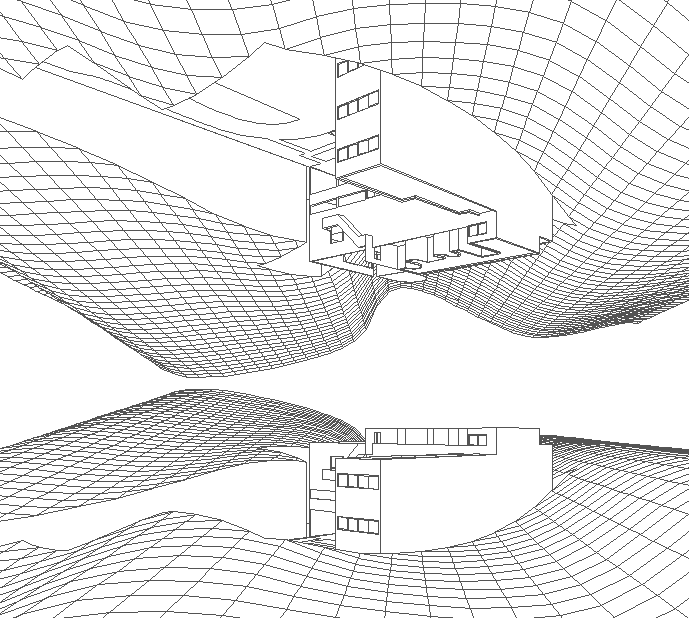
Is this an advancement in architecture?
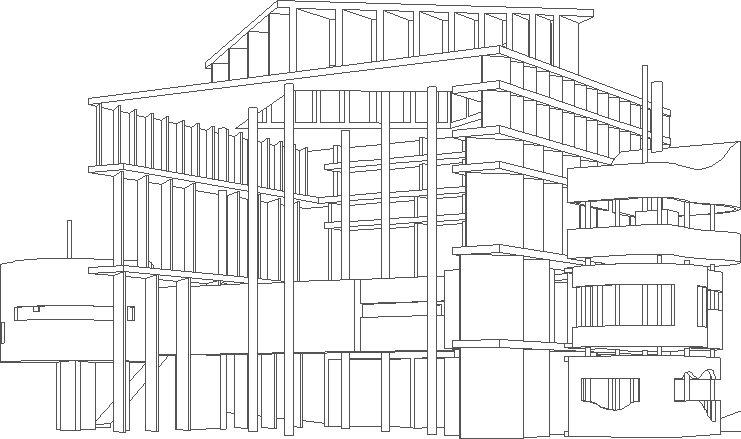
Is this an advancement in architecture?
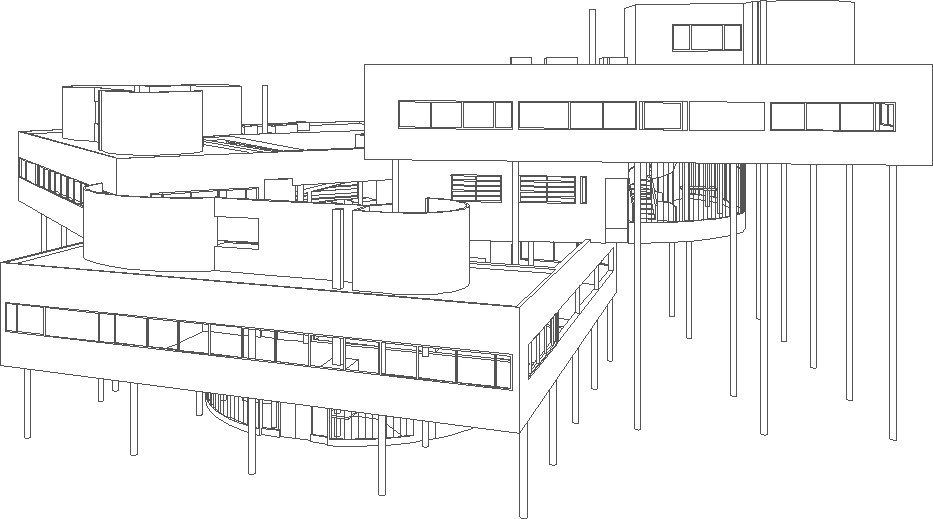
| |
2009.06.21 12:00
your ontological situation
working title: electro-magnetic surge of a single heart beat
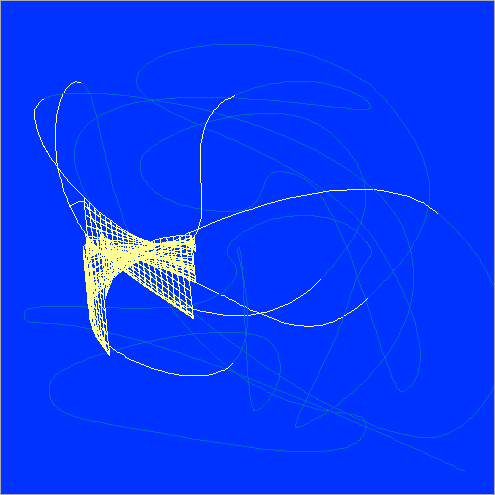
2009.06.21 11:48
please comment or destroy, thank you
Has the abstrative power of scripting even been questioned here?
Or, are you suggesting that the abstractive power of scripting is evidence of scripting's advancement of architecture?
2009.06.20 14:10
-HOT ARCHITECTS-
Oh, and here's some talent for you.
2009.06.20 12:03
please comment or destroy, thank you
The examples were only possible examples. The questions were leading, not rhetorical. So again, where/what is the evidence of scripting's advancement of architecture?
The order of what things? The order of the cart before the horse? Proven solutions are not to be confused with preconceived notions. Nonetheless, assuming a preconceptive mind embeds a preconceived notion itself.
This church is rendered famous as being the place where, on the 15th of October 1764, Gibbon "sat musing amidst the ruins of the Capitol, and conceived the idea of writing the 'Decline and Fall of the Roman Empire.'"
In the left transcept an isolated octagonal chapel, dedicated to S. Helena, is said by the church authorities to stand on the site of an altar erected by Augustus--Ara primogeniti Dei--to commemorate to the Cumæan sibyl’s prophecy of the coming of the Savior.
Amidst? Well, it was amidst the snippets of White Russian, Gabonese, and Hindustani where I heard another Spaziergänger say into her cellphone, "The banquet began with small step appetizers and ended with giant leap desserts." There were also Radfahrer and Läufer, but they weren't talking.
What kind of dog is that?
Alabay.
Are they related to St. Bernards?
The St. Bernard was bred from the Alabay.
Ah the memories... Have you ever seen a saluki run at like 10 meters a second about 8 degrees off its target and at almost the last second make a sharp turn and then boom!? Literally breathtaking.
Central Park, Autumn 1994
Are they salukis?
Yes.
There's something about the color.
Yes. Cream is rare.
|